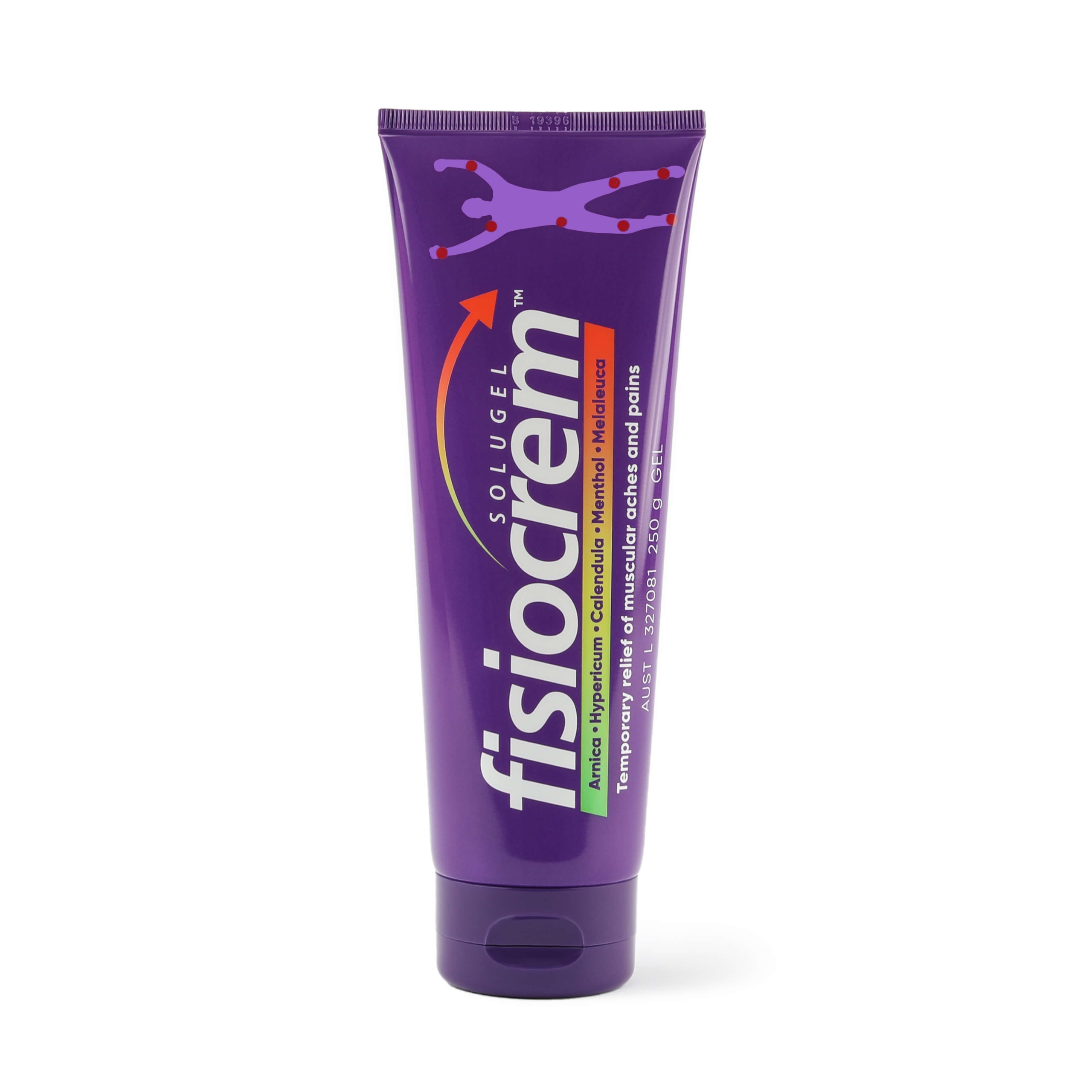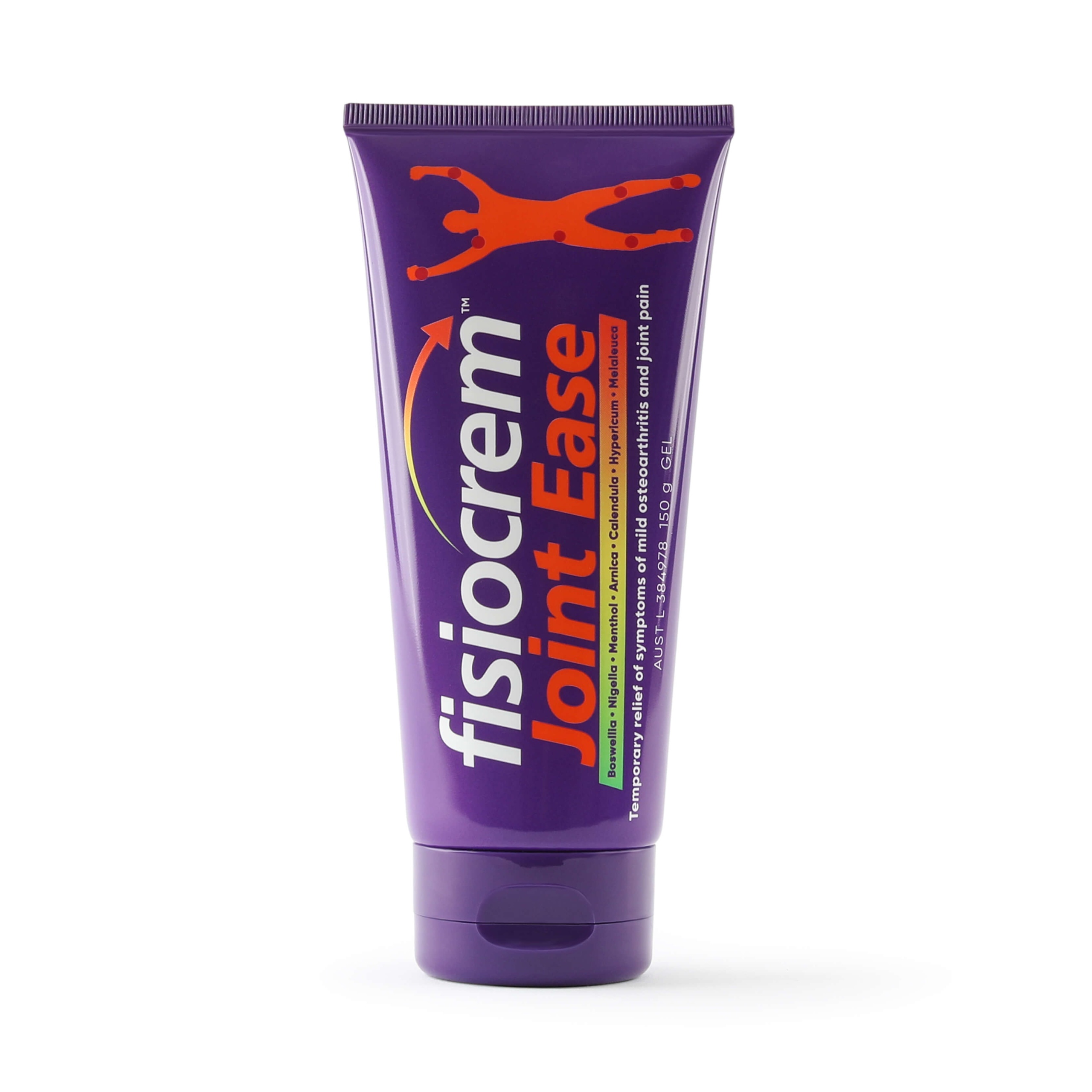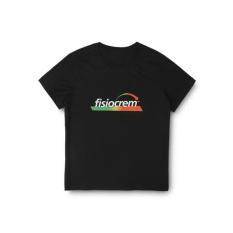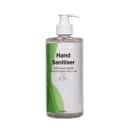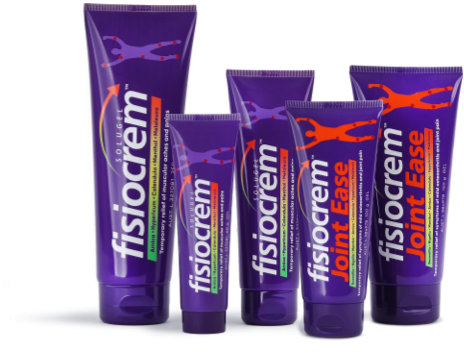Common causes of joint pain include degenerative diseases such as mild osteoarthritis, medically diagnosed gout, and medically diagnosed bursitis as well as inflammation after injury, and strains and sprains.
Mild osteoarthritis (OA) is the most common cause of frequent musculoskeletal pain (Kidd, B. 2006). Mild osteoarthritis (OA) affects more people than any other joint disease (Buckwalter, J., Saltzman, C., & Brown, T. 2004). Mild osteoarthritis is the most frequent cause of pain, loss of function, and disability in adults (Sinusas, K. 2012). Mild OA is a degenerative disorder in which joint cartilage wears away (Sofat, N., Ejindu, V., & Kiely, P. 2011) (Sinusas, K. 2012).
Mild OA commonly causes big toe joint pain in the foot, thumb joint pain, and finger joint pain in the hands and frequently occurs in the knees, spine, and hips (Zammit, G., Menz, H., Munteanu, S., Landorf, K., & Gilheany, M. 2010). In rare cases the ankle, wrist, elbow, and shoulder (Buckwalter, J., Saltzman, C., & Brown, T. 2004).
Risk factors for mild osteoarthritis include older age, genetics, female sex, past trauma, obesity, excessive joint loading, and joint injury (Buckwalter, J., Saltzman, C., & Brown, T. 2004)(Helme, R., Gibson, S. 1999).
Treatment for mild osteoarthritis includes nonsteroidal anti-inflammatory drugs (NSAIDs), topical analgesic cream, exercise such as hand exercises for mild arthritis, some supplements such as glucosamine and chondroitin, therapy, acupuncture and or surgery (Felson, D., Lawrence, R., Dieppe, P. 2000). You should speak with your general practitioner to find the right treatment for you.
fisiocrem Joint Ease is for the temporary relief of symptoms associated with mild osteoarthritis, mild arthritis and joint pain.
A sprain is an injury to a ligament that results in decreased joint stability, and can usually cause sudden or severe pain depending on the tear severity (Altizer, L. 2003). Overuse injuries can result in tendon pain such as stiffness and a reduced range of motion as well as present symptoms of redness and swelling (Aicale, R., Tarantino, D., & Maffulli, N. 2018). Sprains can lead to various types of tendon degeneration so it is important to seek medical attention should you experience any of these symptoms.
Depending on the type of joint pain experienced some management options include exercise, physical therapy, diet changes, medications, topical NSAIDs, and maintaining a healthy weight.

Stay active with mild arthritis exercises supported by fisiocrem. Keeping active is vital for people living with mild arthritis. This virtual group is a 12-week exercise program run that aims to help people stay motivated, provide safe exercises such as mild knee arthritis exercises and provide additional resources and support. Learn more about the program here.
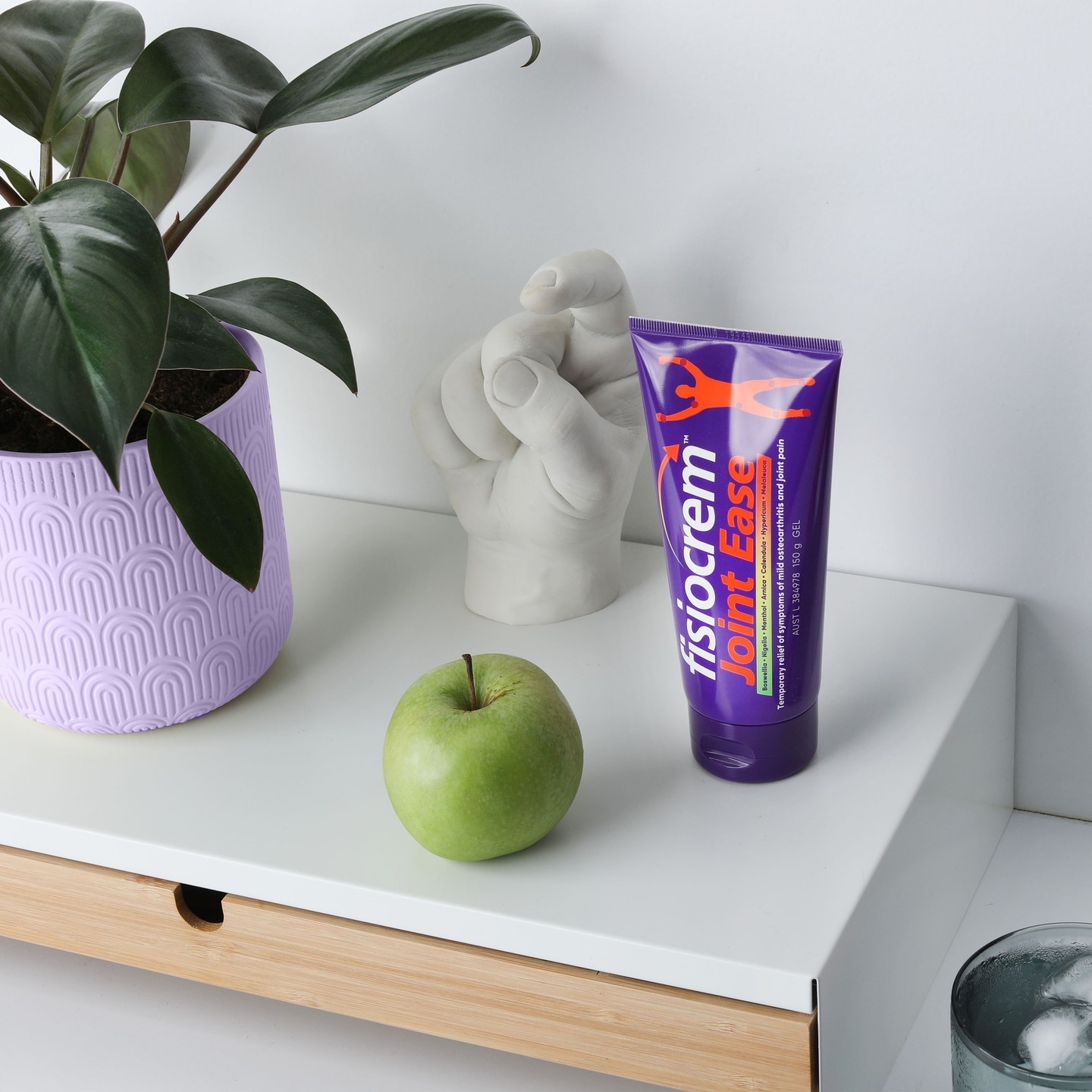
Nonsteroidal anti-inflammatory drugs (NSAIDs) can help to provide pain relief for both acute and chronic pain with minimal adverse effects (Argoff, C. 2013).
If you are experiencing joint symptoms that are causing concern, you may have mild arthritis. It is therefore recommended that you talk with your doctor about your joint health and your risks. Some types of mild arthritis require immediate action to minimise any potential permanent joint damage. Getting treatment quickly can help to preserve joint function and prevent other series of health problems.
Potential signs and symptoms to watch for include:
- Pain, swelling, tenderness, and stiffness
- Red or warm-to-the-touch joints
- Reduced range of joint mobility
- Joint symptoms that last three days or more






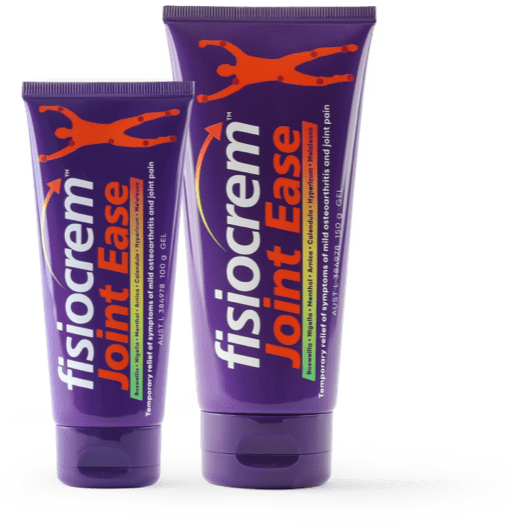
For the temporary relief of symptoms associated with mild osteoarthritis and joint pain.
fisiocrem Joint Ease has been formulated to relieve symptoms associated with mild arthritis, mild osteoarthritis, and joint pain. fisiocrem Joint Ease contains menthol and naturally-derived active ingredients of boswellia, nigella, menthol, arnica, calendula, hypericum, and melaleuca. fisiocrem Joint Ease helps provides joint pain relief by:
- Helping to promote healthy joint function
- Relieve mild joint pain, soreness, and stiffness
- Maintain joint mobility and flexibility
- Supports body tissue repair
Shop fisiocrem Joint Ease for joint pain.
Citations
- Aicale, R., Tarantino, D., & Maffulli, N. (2018). Overuse injuries in sport: a comprehensive overview. Journal Of Orthopaedic Surgery And Research, 13(1).
- Altizer, L. (2003). Strains and Sprans. Orthopaedic Nursing, 22(6), 404-409.
- Argoff, C. (2013). Topical Analgesics in the Management of Acute and Chronic Pain. Mayo Clinic Proceedings, 88(2), 195-205.
- Buckwalter, J., Saltzman, C., & Brown, T. (2004). Clinical Orthopaedics &Amp; Related Research, 427, S6-S15.
- Felson, D., Lawrence, R., Dieppe, P. (2000). Annals of Internal Medicine. Annals Of Internal Medicine.
- Helme, R., Gibson, S. (1999). Pain in Older People. Epidemiology of pain.
- Kidd, B. (2006). Pain, 123(1), 6-9.
- Schaible, H., Richter, F., Ebersberger, A., Boettger, M., Vanegas, H., & Natura, G. et al. (2009). Joint pain. Experimental Brain Research, 196(1), 153-162.
- Sinusas, K. (2012). American Family Physician, 85(1), 49-56.
- Sofat, N., Ejindu, V., & Kiely, P. (2011). Rheumatology, 50(12), 2157-2165.
- Zammit, G., Menz, H., Munteanu, S., Landorf, K., & Gilheany, M. (2010). Cochrane Database Of Systematic Reviews.

